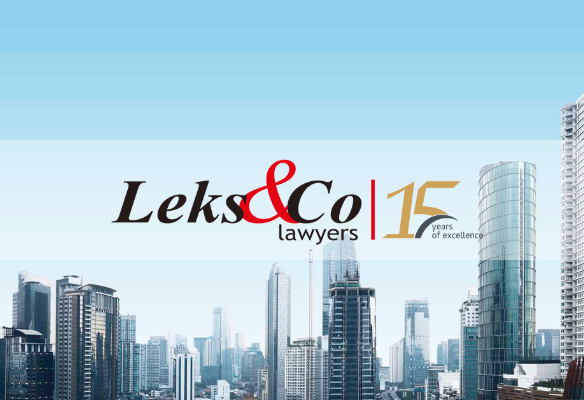 Local Government of DKI Jakarta has issued the Governor Regulation of DKI Jakarta Number 38 of 2012 on Green Building (“Governor Regulation No.38/2012“) the regulation regulates the implementation of the concept of energy efficiency and environmentally buildings. Green building means a building that is responsible against environment and resource efficiency since the planning, construction, utilization, maintenance, until deconstruction (Article 1 number 11 of Governor Regulation No.38/2012).
Local Government of DKI Jakarta has issued the Governor Regulation of DKI Jakarta Number 38 of 2012 on Green Building (“Governor Regulation No.38/2012“) the regulation regulates the implementation of the concept of energy efficiency and environmentally buildings. Green building means a building that is responsible against environment and resource efficiency since the planning, construction, utilization, maintenance, until deconstruction (Article 1 number 11 of Governor Regulation No.38/2012).
The intention of issuance of the Governor Regulation No.38/2012 is as a framework for the official or the applicant in order to meet the requirements of a green building, having its purpose to realize the implementation of the building construction by paying attention to the aspect of efficiency, maintanance and using resources efficiently.
Construction of the building with a certain type and size of both new buildings and existing buildings must meet the requirements of green building. The types and size of buildings that must meet the requirements of green building include:
a. Apartment buildings, office buildings, trade buildings, and buildings which have more than one function within one (1) building with the size of entire floor of the building is more than 50,000 m2 (fifty thousand square meters);
b. Business functions, hotel, social and cultural functions, and health care buildings, with the size of the entire floor of the building is more than 20,000 m2 (twenty thousand square meters);
c. Social and cultural functions, educational service buildings, with the size of the entire floor of the building is more than 10,000 m2 (ten thousand square meters).
New buildings mean buildings that are currently in the planning stage. The technical requirements for green building of the new buildings include:
a. Energy efficiency;
Energy efficiency includes the efficiency of the building veil systems, ventilation systems, air systems, lighting systems, building transportation systems, and electrical systems.
b. Water efficiency;
Water efficiency includes the planning of water-saving sanitary equipment and planning of the use of water.
c. Indoor air quality;
Indoor air quality must calculate the air circulation in the room and the input of fresh air so itdoes not harm the occupants and the environment.
d. Land and waste management, and
Land and waste management include the requirements regarding spatial landscape planning on the inside and outside of the building and planning of rainwater reservoir systems, supporting facilities, and solid and liquid waste management.
e. Implementation of construction activities.
Implementation of construction activities includes safety, work health and environment, water conservation when conducting the construction activities, and the management of hazardous and toxic waste in construction activities.
Existing buildings means buildings that are under construction and / or already in the utilization stage. The technical requirements for green building of existing buildings include:
a. Conservation and energy efficiency;
b. Conservation and water efficiency;
Conservation and water efficiency include the use of water efficiently and water quality monitoring.
c. Indoor air quality and thermal comfort, and
d. Operational management / maintenance.
Operational management / maintenance activities include monitoring and evaluation activities.
The planning and construction of the building which violate this Governor Regulation may be imposed with administrative sanction by not issuing Building Construction License (IMB) and / or Certificate of Feasible Function (SLF).
Maria Amanda



